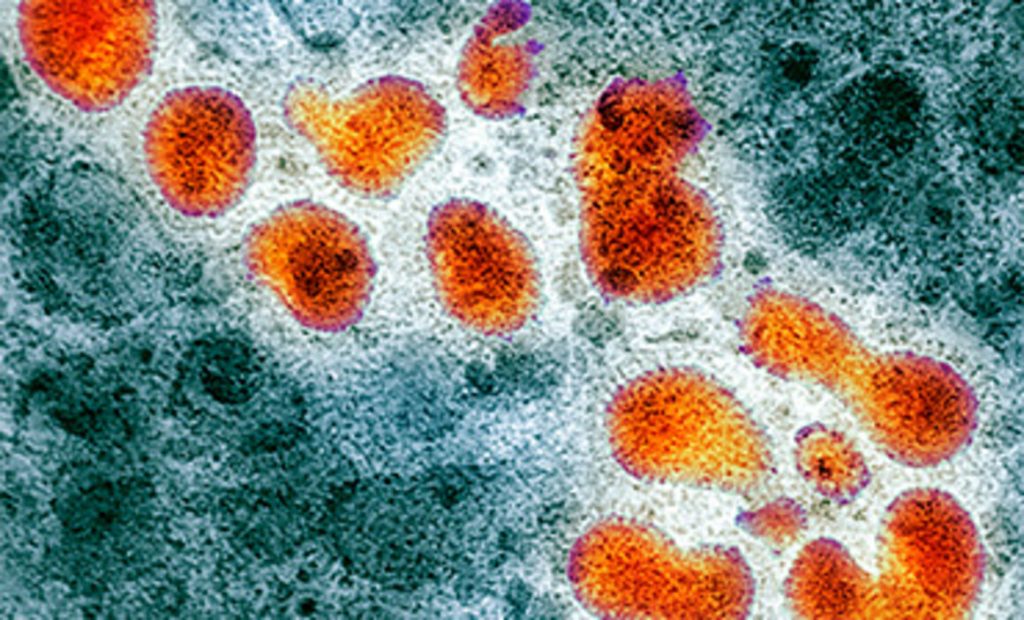
Summary of the article Comprehensive mapping of adaptation of the avian influenza polymerase protein PB2 to humans. Soh YS, Moncla LH, Eguia R, Bedford T, Bloom JD. Elife. 2019 Apr 30;8:e45079. doi: 10.7554/eLife.45079. PMID: 31038123 https://pubmed.ncbi.nlm.nih.gov/31038123/
The flu (influenza) is a viral disease caused by the virus influenza. The influenza virus can adapt and move from one host to the next. For example, it can move from a bird to a human thanks to its ability to adapt its machinery to infect different species.
This study focused on understanding how influenza can adapt so quickly to new hosts.
When a virus infects a cell, it uses the cell machinery to reproduce and make thousands of copies of itself. But the virus also uses some of its machinery, which is often in the form of specialized proteins that intervene during the process of making copies of the virus’s genetic material. The virus’s proteins usually interact with the host’s proteins through surface contact. One of those virus’s proteins is called virus polymerase PB2. Changes (mutations) in the virus’s genetic material often result in changes in the shape and function of PB2. These changes then interfere with the virus-host protein interactions.
The study found that some of these mutations result in very specific changes in the surface of the protein PB2. Thanks to these modifications, the virus thrives in human cells. So, even if birds and humans are two very different hosts, these mutations enable the influenza virus to interact with the cell machinery of both hosts.
The ability to make changes on the surface of its PB2 confers the virus influenza with a fast natural evolution that allows it to jump from one host to the next in very little time.
These results are important because the ability of the influenza virus to jump from birds or pigs to humans has resulted in four pandemics over the last century. Understanding how the influenza virus adapts to infect new hosts will help assess the risks of a new human pandemic.
